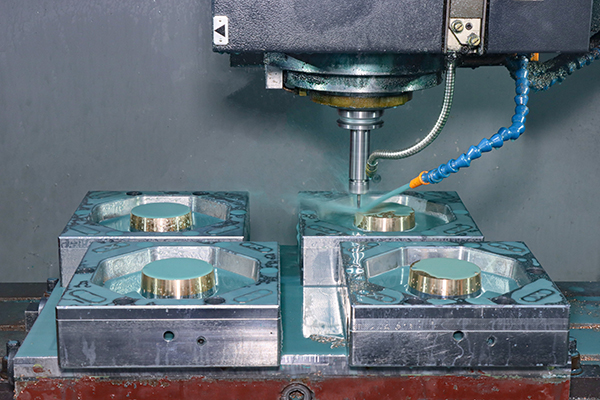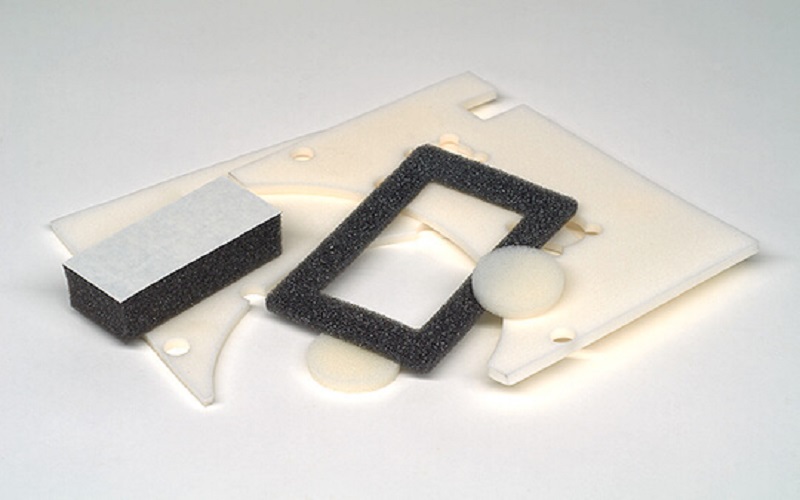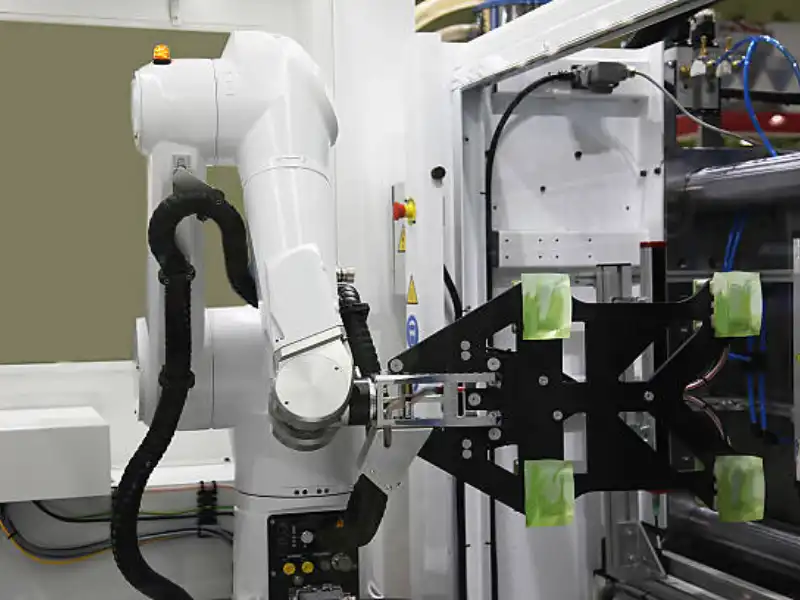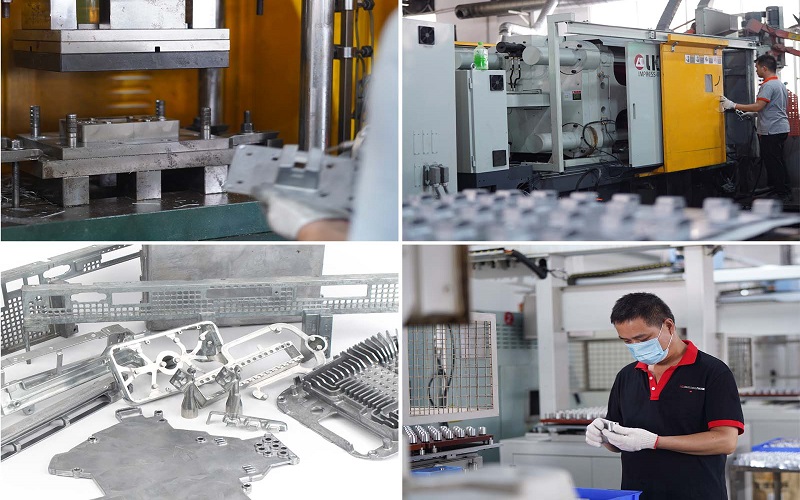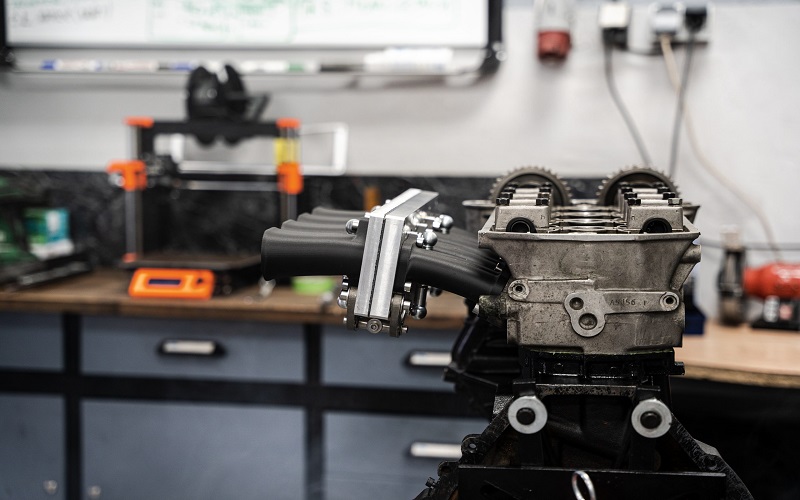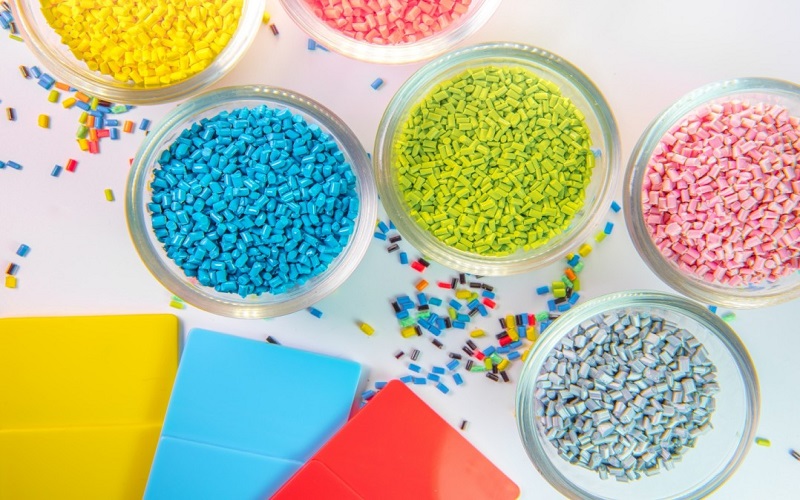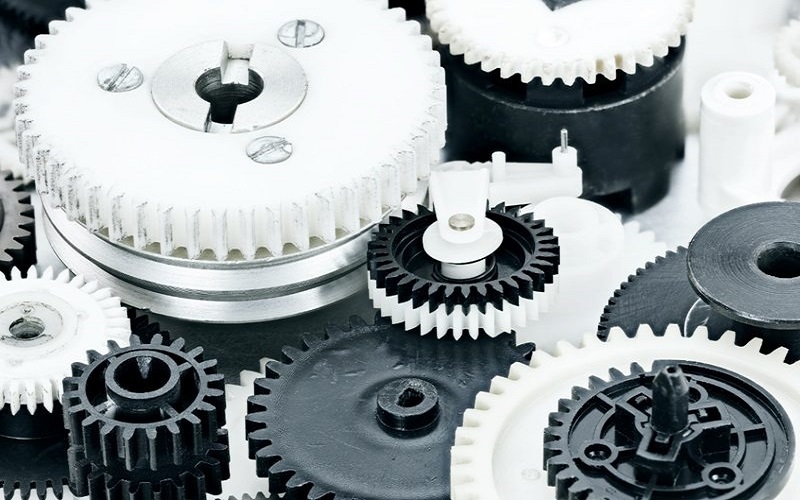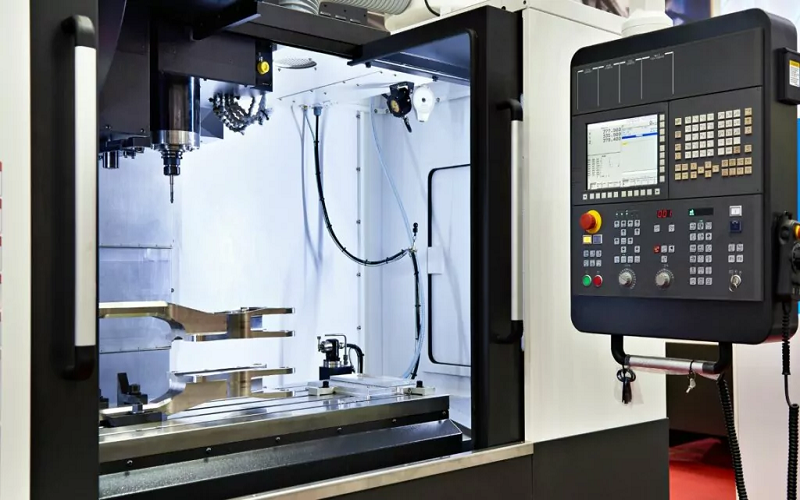
What are the Types of Injection Molding?
- Home
- > Blog
Injection molding is an important process, especially in the manufacturing industry. It involves the use of quality machines and equipment to create plastic molds. This process is especially gaining popularity given that it helps you create different shapes and designs.
The creation of such plastic molds would otherwise be quite hard to pull off without using this technique. However, given that this process is so important and could be a great game-changer for your business, knowing the different types is essential. These injection molding types vary in how they are executed and the machinery used. The different types of injection molding include:
Table of Contents
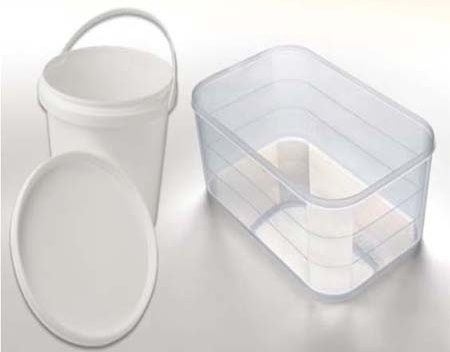
Source: www.sabic.com
Thin Wall Molding
This type of injection molding is used to create plastic using a very thin wall. Using such a thin wall can cause some cracks in your products. This may undermine the quality and performance of your plastic. This is why you need to ensure that professionals observe this particular process.
It requires great attention to detail when it comes to the mold design, overall part design, and the process in general. It is a process that can yield great products provided it is done right. This particular method is used in tubes, vessels, and electronics.
Metal Injection Molding
The injection molding process is not solely meant to be used on plastics. In recent years, the use of metal injection molding to create quality metal products has greatly increased. It is however not as popular as plastic injection molding. This is because it is designed to serve a niche market that is highly dependent on a quality metal part.
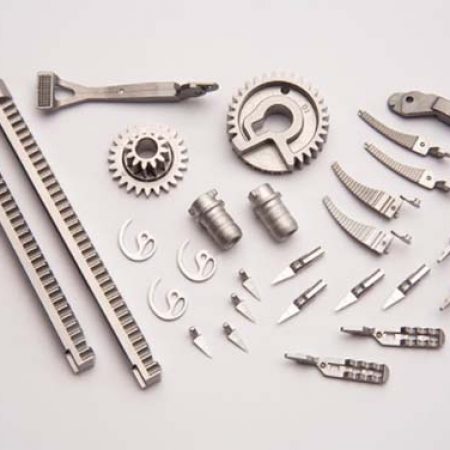
Source: www.medicaldesignandoutsourcing.com
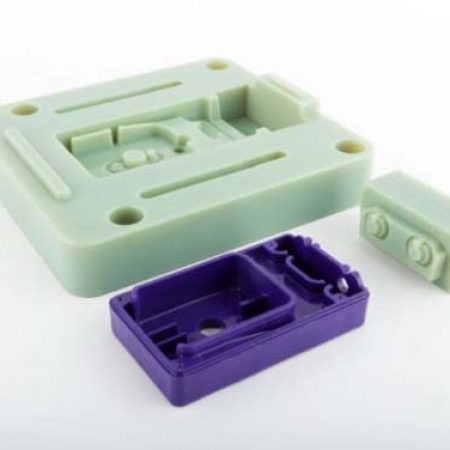
Source: www.thefabricator.com
3D Printing
One of the most important things you can do as a business is providing a prototype to your client for a go-ahead. 3D printing allows you to create a visual injection mold that lets the client see how the result would be. This is a great way to ensure that you avoid last-minute corrections and disappointments on the side of the client.
3D printing is a great first step that will give you the confidence to move on to finalizing with mold making, the designs, and production. As advanced prototype molding evolves, the ability to print actual plastic and metal injection molds will be possible.
Liquid Silicone Injection Molding
Liquid silicone injection molding can be used in place of thermoset plastics to get the mold you desire. This liquid is subjected to high-temperature levels and cooled to form a solid mold. Once this mold is formed, it cannot be remitted back to being liquid.
Source: albrightsilicone.com

Source: www.mhs-hotrunners.com
Gas-assisted Injection Molding
The best way to achieve a plastic product and ensure that it does not deform or crumble is by applying the gas-assisted injection molding process. It involves the use of gas that is blown into a plastic material mold. This gas is meant to ensure that the plastic mold retains its shape and that the outside is left smooth without any deformity.
On the other hand, the inside is left hollow as required. This allows the product to retain shape even after the cooling process. Additionally, seeing as you’ll be using less molten material thanks to the gas, the cost of production will be lower. This could in turn lead to more profits or a lowered price on your services.
Family Mold
This type of molding injection involves the use of two or more mold cavities attached to one base. With the family mold, you can create more than one mold with ease simultaneously.
You could however also decide to use one cavity at a time to produce your mold. When doing this, you need to make sure that you have a medium that will ensure the mold cavities stay separated. If you decide to create the molds simultaneously, you need to ensure that the products you are creating have similar specs. This will ensure that your products turn out as they should.
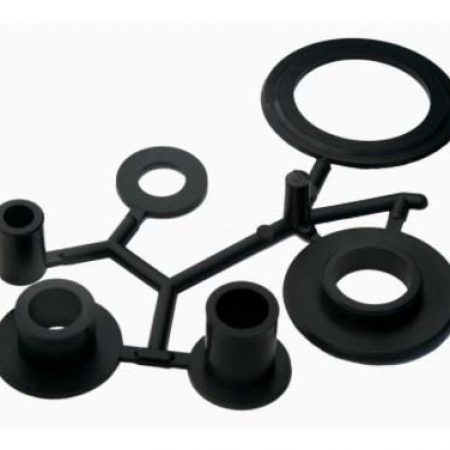
Source: rexplastics.com
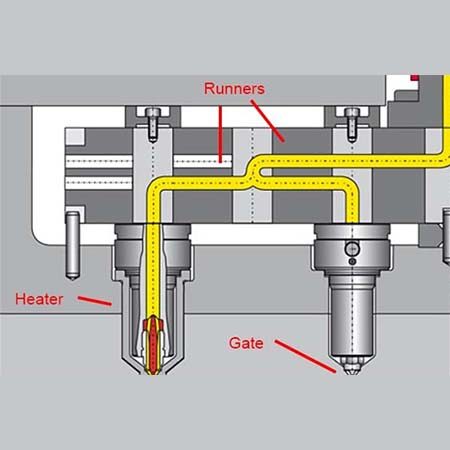
Source: www.starrapid.com
Hot Runner Molds
If you want to improve your mold cycle, this is one of the best ways to do this. Hot runner molds involve the use of tools that use a manifold with controlled temperature. This allows the machine to greatly reduce scrap cycles while running the molding cycle.
This process will require the use of temperature control systems to ensure that you get the best out of it. This process will allow you to save on costs and also the material used during the cycles.
Unscrewing Molds
If you want to create threaded holes on a plastic part that you are creating, this is the best injection molding option for you. When working with this, you’ll find that most of the processes are automated. It features drives and threading technology that helps you achieve the look you are going for. These threaded patterns can easily be done on the inside as well as the outside.
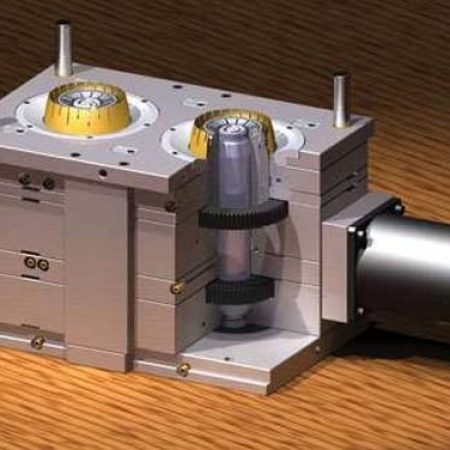
Source: www.moldmakingtechnology.com
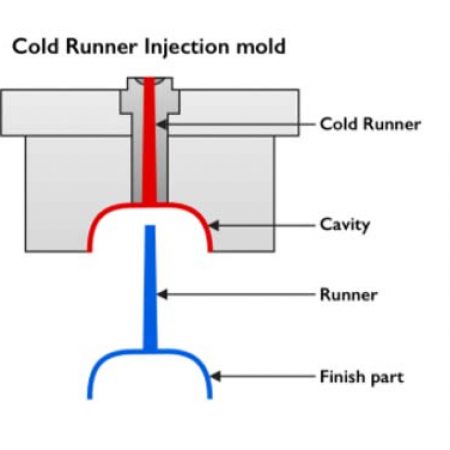
Source: www.sumartools.ee
Cold Runner Molds
When it comes to cold runner molds, they are more traditional in that they use sprues in their mold cycles. This makes the molding cycle longer and also results in a lot of wasted material in the long run.
However, the wasted material can easily be reused and reground to be mixed with future plastic pellets. This highly depends on the usage and the condition of the wasted material. You need to avoid using material that will negatively affect the quality of your product once it’s done.
Insulated Runner Molds
The insulated runner mold is designed to mimic the results and setting of using the hot runner injection molding. It involves the use of tools similar to those used in cold runner old. These tools are designed differently compared to those found in the cold runner.
They feature the use of cartridge heaters and other forms of heat production to insulate the molten material. This allows it to mimic the hot runner system. With this, the cost is significantly reduced compared to going with the hot runner injection mold. However, the downside of this method is that it does not apply to all materials.
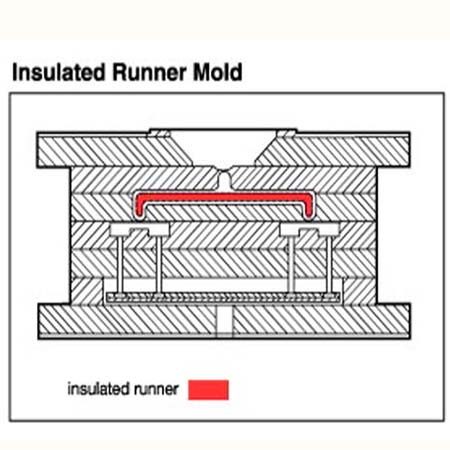
Source: www.argomold.com
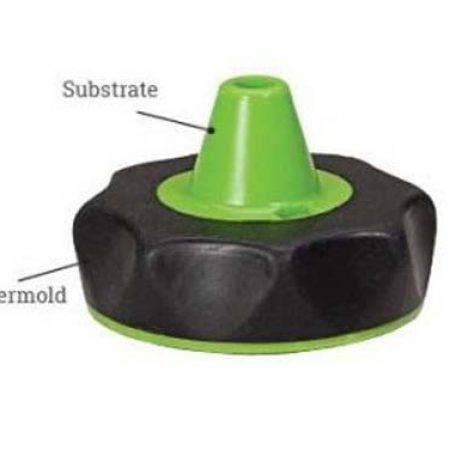
Source: www.xcentricmold.com
Over Molding
This process features the addition of an injection mold on another substance. This is significantly different from the other injection molding types discussed. The use of molten material on top of another substance is meant to improve and increase the durability of a product. The most popular substance used in this case is known as a thermoplastic elastomer (TPE). This allows you to add structure to your product and increase its quality.
Insert Molding
Insert molding involves the addition of molten material into a finished product. The molten material may contain two or more components when being used in this context.
Adding inserts into a product helps add its strength while also improving the quality. On the other hand, it also helps significantly reduce the weight of the product compared to using any other method to achieve this goal.
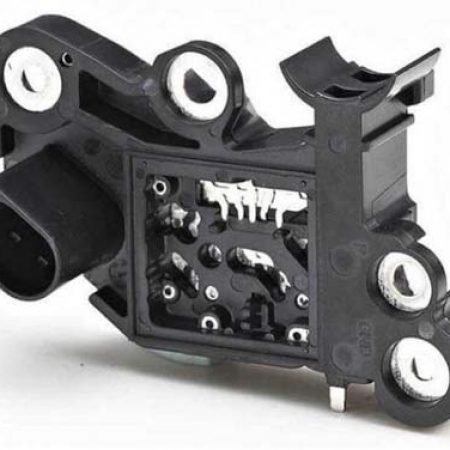
Source: www.plasticmold.net
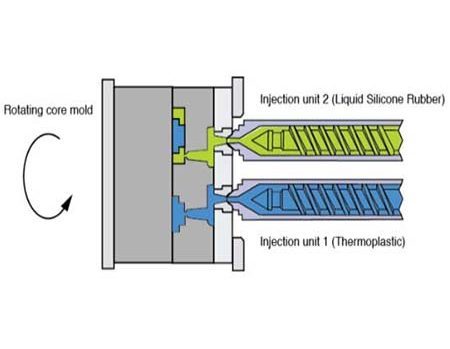
Source: www.simtec-silicone.com
Thermoplastic Injection Molding
If you’d like to work with a product that once is solidified can easily be melted down back to liquid, this is the procedure for you. Thermoplastic injection molding features the use of thermoplastic polymer during the molding process. This element allows the mold to change to liquid when exposed to heat.
Conclusion
Injection molding is a great process for achieving those complicated and intricate designs. It is however divided into different types that will get you different results. With this, you need to ensure that you take your time to decide which type works for you.
Consider your needs and what you want to achieve at the end of it all. This will give you a better time when choosing what will work best for you. Also, consider the different costs that are incurred depending on the type of injection molding you choose. Once you find your ideal process, stick to it and have all your products meet the required quality.

